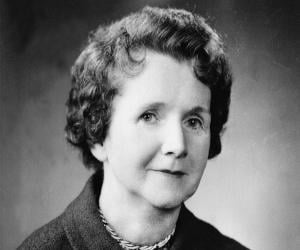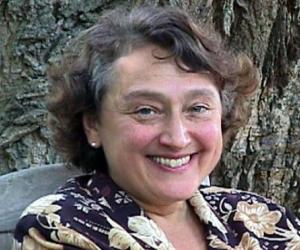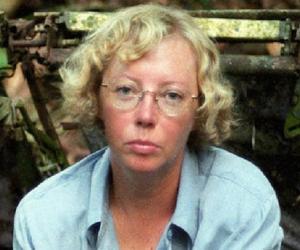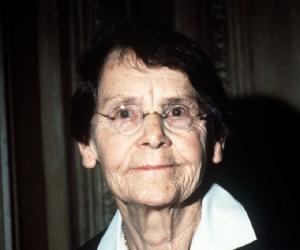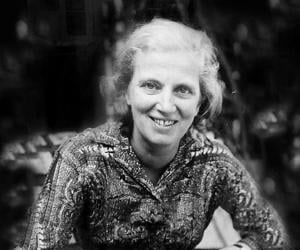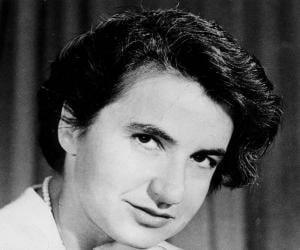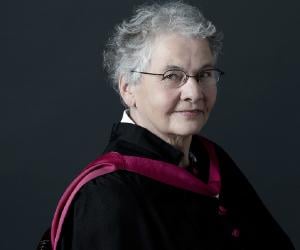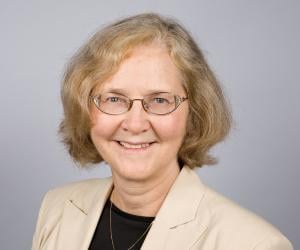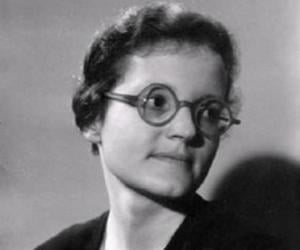Rachel Carson was a conservationist, marine biologist, and author. She is credited with authoring an influential book titled Silent Spring, which played a significant role in advancing the global environmental movement. Carson is also remembered for her book, The Sea Around Us, which earned her a U.S. National Book Award. She was posthumously honored with the Presidential Medal of Freedom.
Lynn Margulis was an evolutionary theorist, biologist, educator, and science author. She was a modern proponent of the significance of symbiosis in evolution. Along with British chemist James Lovelock, Margulis was the co-developer of the Gaia hypothesis. She was a strong critic of neo-Darwinism. In 2001, she was honored with the Golden Plate Award of the American Academy of Achievement.
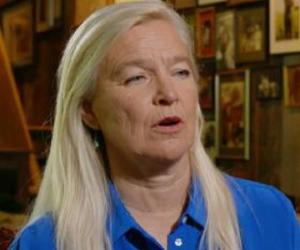
Nell Newman is a biologist, environmentalist, and former child actress. An ardent supporter of sustainable agriculture, Newman is credited with founding a pet food and organic food production company called Newman's Own. For her environmental leadership, Newman was honored with the Rachel Carson Award in 2014. In 2017, she was made an inductee of the Specialty Food Hall of Fame.
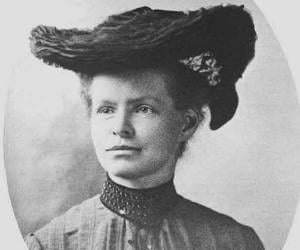
Nettie Stevens was an American geneticist. She is credited with discovering sex chromosomes which later came to be known as the X and Y chromosomes. In 1994, Nettie Stevens was inducted into the National Women's Hall of Fame.
Barbara McClintock was a scientist and cytogeneticist who received the 1983 Nobel Prize in Physiology or Medicine. She earned her Ph.D. in botany from Cornell University and began her lifelong work in the development of maize cytogenetics. She eventually gained recognition as among the best in the field and was honored with several prestigious awards.
Dorothy Hodgkin received the 1964 Nobel Prize for mapping the structure of penicillin and Vitamin B12. She is also known for her work on insulin. Beginning her work on structure of an organic compound by using X-ray crystallography as an undergraduate student, she later developed it further and used it to determine the three-dimensional structure of complex organic molecules.
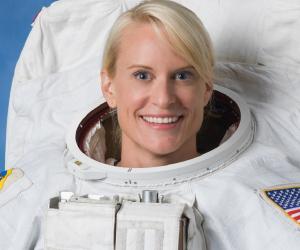
Kathleen Rubins is a microbiologist and NASA astronaut. In 2016, she became the 60th woman to fly in space when she launched on a Russian Soyuz spacecraft. She traveled to the International Space Station and returned to Earth after a few months. She has spent a total of 300 days, 1 hour, and 31 minutes in space.
Christiane Nüsslein-Volhard is a German developmental biologist. She studied at the University of Tübingen where she earned a Ph.D. for her research on protein–DNA interactions. Together with biologist Eric Wieschaus and geneticist Edward B. Lewis, she received the Nobel Prize in Physiology or Medicine in 1995. She is also a recipient of the Gottfried Wilhelm Leibniz Prize.
Nobel Prize-winning Australian-American biochemist and molecular biologist Elizabeth Blackburn is best known for co-discovering the enzyme telomerase. She was allegedly removed from the American President's Council on Bioethics over her support for stem cell research, which went against the government. She has honorary doctorate degrees from Harvard, Yale, and Princeton.
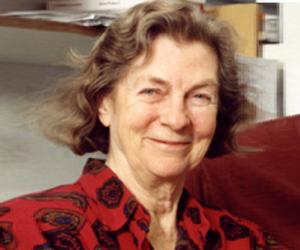
Geneticist Anne McLaren is remembered for her pioneering research in embryology that paved the way for further research in fertility treatments such as in-vitro fertilization. The Royal Society fellow had also appeared as a child actor in the film adaptation of the H.G. Wells novel Things to Come.
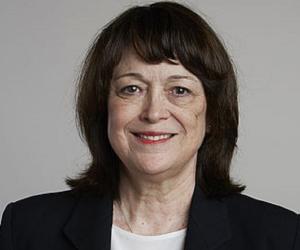
Linda B. Buck is an American biologist who received the 2004 Nobel Prize in Physiology or Medicine for her work on olfactory receptors; she shared the award with molecular biologist Richard Axel. An important and influential biologist, Linda has also won several other awards, such as the Takasago Award, Unilever Science Award, Lewis S. Rosenstiel Award, and R.H. Wright Award.

Pythias was a Greek embryologist and biologist best remembered for her work with her husband Aristotle. She worked with him on an encyclopedia and was responsible for collecting a range of specimens of living things. Pythias, who was also known as Pythias the Elder, had a daughter named Pythias the Younger with Aristotle.
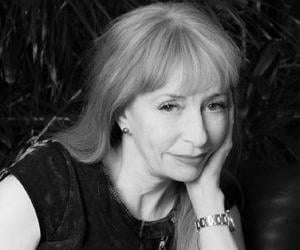
Apart from being a successful scientist with a focus on neurodegenerative diseases such as Parkinson's disease and Alzheimer's disease, Susan Greenfield teaches pharmacology at the Lincoln College, Oxford. She is also part of the House of Lords and has penned a sci-fi novel. She supports causes such as Dignity in Dying, too.
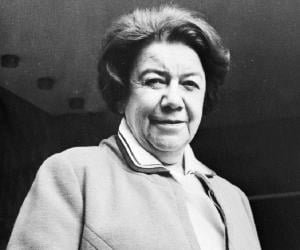
Romanian biologist and physician Ana Aslan was a pioneering gerontologist and established the first institute of geriatrics in the world. She also invented a drug named Gerovital, an H3 vitamin, which was the world’s first anti-aging remedy. She later co-invented a similar product, Aslavital, and an anti-aging cosmetic line.
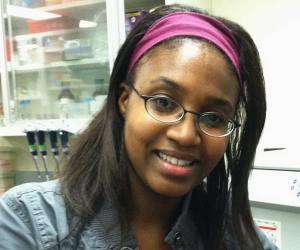
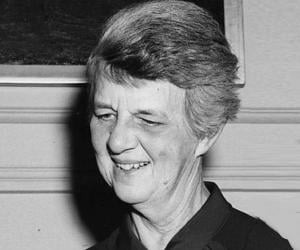
Rebecca Lancefield was an American microbiologist best remembered for her association with the Rockefeller Institute for Medical Research. Over a period of 60 years, Lancefield published more than 50 publications. Rebecca Lancefield was the recipient of several prestigious awards, including the American Heart Association Achievement Award and the T. Duckett Jones Award.

Jeanne Villepreux-Power was a French marine biologist. She is credited with creating aquaria in 1832 in order to experiment with aquatic organisms. Nicknamed the Mother of Aquariophily, Villepreux-Power also invented the systematic application of the aquarium in order to study marine life. Jeanne Villepreux-Power was also a well-known author, conservationist, and dressmaker.
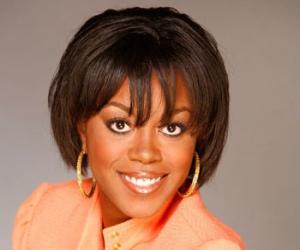
Before she became a renowned biologist and geneticist, Mary Styles Harris had already made history as the first African American student of Miami Jackson High School. Her research focuses on the detection and cure of ailments such as sickle-cell anemia. Her health-oriented radio and TV shows include Journey to Wellness.
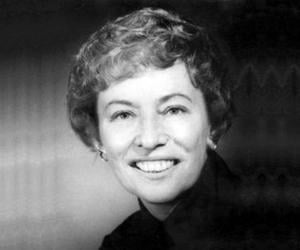
Though renowned geneticist Ruth Sager was involved in pioneering research on cytoplasmic genetics, her contribution wasn’t validated till the 1970s, largely due to gender bias. She later focused on cancer genetics. While she was initially interested in liberal arts, she later decided to join medical school but eventually settled for research.
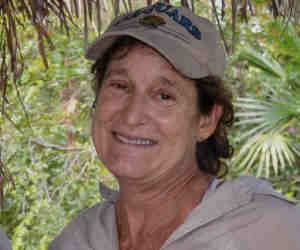
Marguerite Vogt was a German-born American virologist and cancer biologist. She is best remembered for her research on cancer and polio at the Salk Institute for Biological Studies in the USA. Apart from making immense contributions as a scientist in various fields, Marguerite Vogt also served as a mentor to many junior scientists, including several future Nobel laureates.
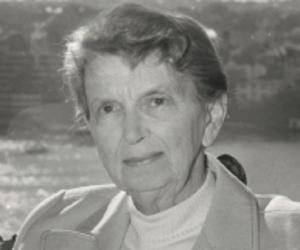
Isobel Bennett was an Australian marine biologist best remembered for assisting William John Dakin with his famous book Australian Seashores. One of the most celebrated Australian marine biologists of all time, Bennett played an important role in popularizing the book after Dakin's demise in 1950. She also wrote several other influential books, such as Australia's Great Barrier Reef.
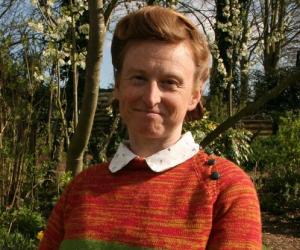

Irene Uchida was a Canadian scientist best remembered for her research on Down syndrome. She is also remembered for her association with the Children's Hospital in Winnipeg, where she served as the director of Medical Genetics Department. Irene Uchida also worked as a professor at prestigious institutions like the University of Manitoba and McMaster University.
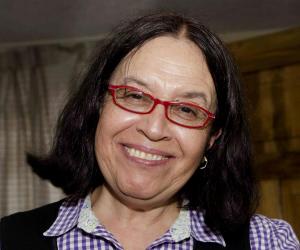
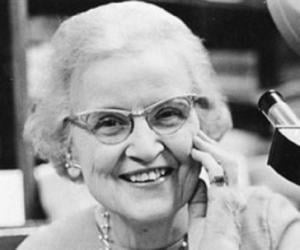
Canadian ichthyologist Helen Battle was also the first Canadian woman to get a PhD in marine biology. She taught for over 50 years and was primarily associated with the University of Western Ontario. She also co-established the Canadian Society of Zoologists and was a champion for women’s participation in science.


